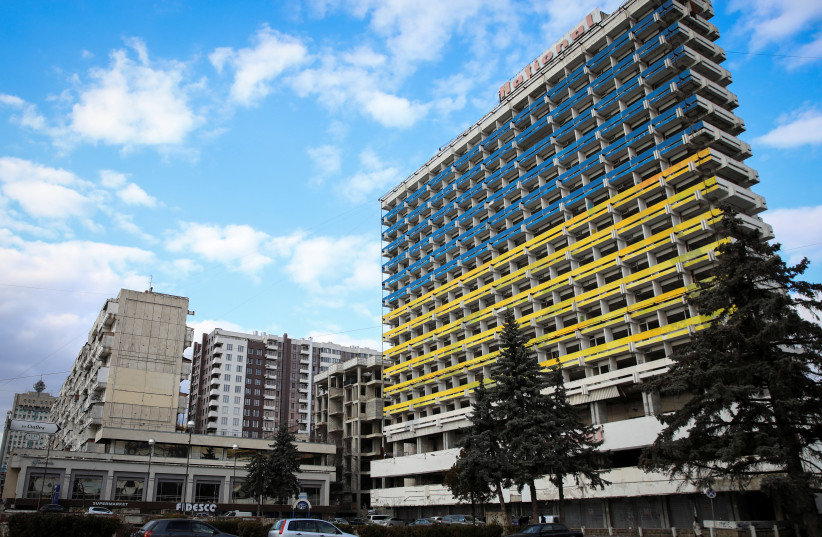The Simon Wiesenthal Center turned to Moldovan President Maia Sandu with an urgent request to remove two monuments that honor "fanatic Romanian antisemites and Nazi collaborators" and "commemorate events which led to... mass murder" in a letter sent on Sunday.
The first monument is a bust that was recently placed in Moldova's capital Chisinau, in the Alley of Classics in Stephan the Great Central Park. It depicts former Romanian Prime Minister Octavian Goga, who in his time enacted laws that deprived a third of the country's Jews of their citizenship and co-founded the National Christian Party, which carried a Swastika in its emblem and carried out antisemitic violence - "a notorious antisemite," according to Zuroff.
The Romanian government recently removed a bust of Goga for the above-mentioned reasons, Zuroff added.
The second monument, which the center's Director of Eastern European Affairs Dr. Efraim Zuroff calls "extremely offensive and insulting," is located in the Valea Morilor Park in Chisinau. It is part of a larger memorial, which commemorates the "liberation" of the Bessarabia and Northern Bukovina regions by the Romanian army, in the process of which 150,000 of the former 205,000 Jews of Bessarabia were murdered.

The sufferings of Bessarabian Jews
In 1941, soldiers of the German Einsatzgruppen extermination detachments and Romanian forces carried out the collection and mass execution of Jews of Bessarabia – in particular, residents of Soroca, the village of Capresti and its surrounding villages, and Ukraine.
Recently, a new monument was opened at the site near Soroca where 6,300 Jews were executed during the Holocaust.
This region has held tragic memories for Jews even before the Holocaust. Chisinau, then called Kishinev, was the capital of Bessarabia in Czarist Russia, more than a century ago.
The town had a large Jewish population – 50,000 Jews lived there. On April 6 and 7, 1903 – during Easter – Russian peasants attacked the Jewish community in a pogrom remembered for all time for its savagery. The Russian authorities did nothing to stop the attack that was sparked by rumors of Jews kidnapping and murdering a Christian child as part of a Jewish ritual. Forty-nine Jews were hacked to death, 500 injured, and the pogromists destroyed the town’s Jewish quarter. Worldwide condemnation of the attack followed but did not prevent a pogrom in Kishinev two years later.
Zvika Klein and Eli Kavon contributed to this story.
